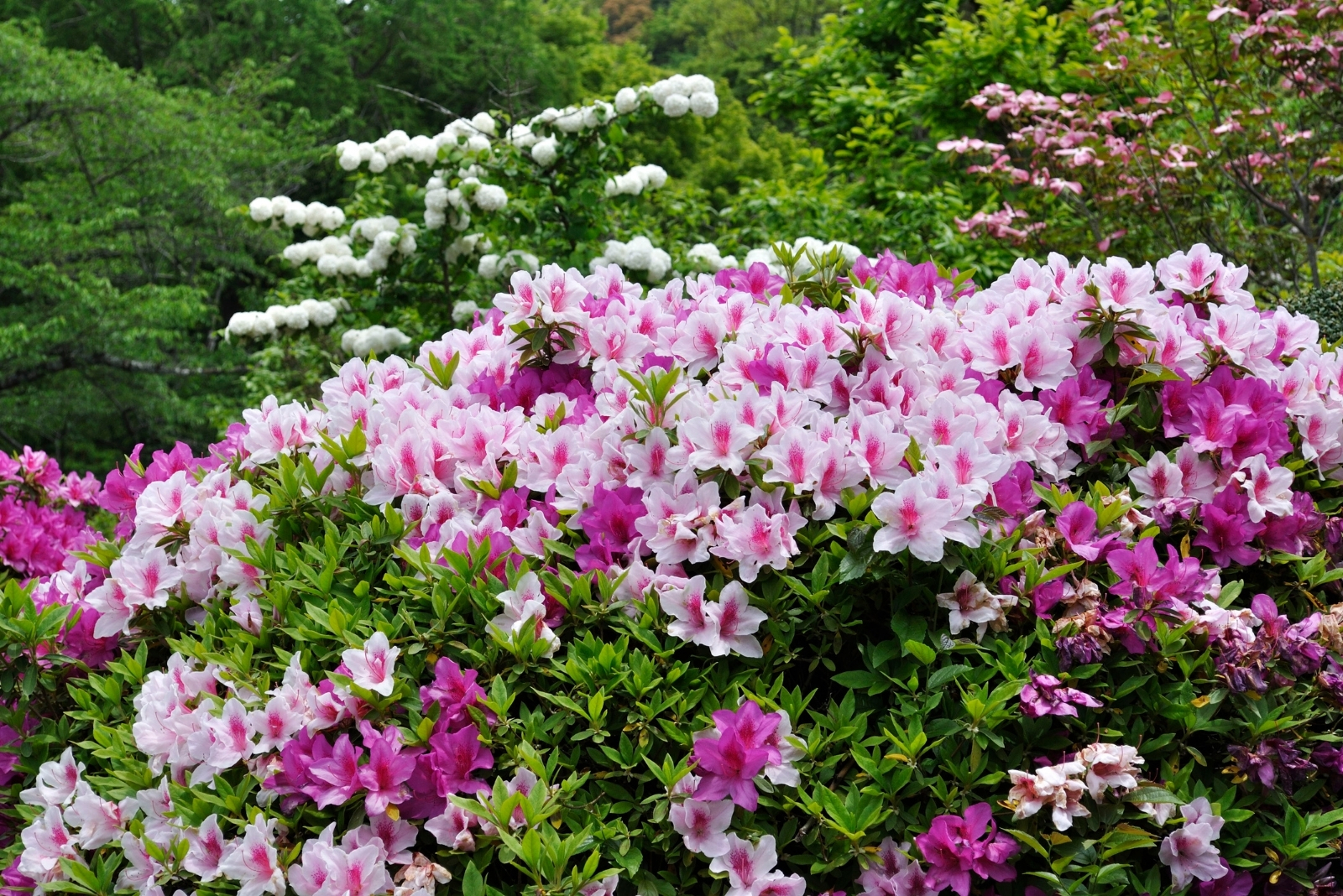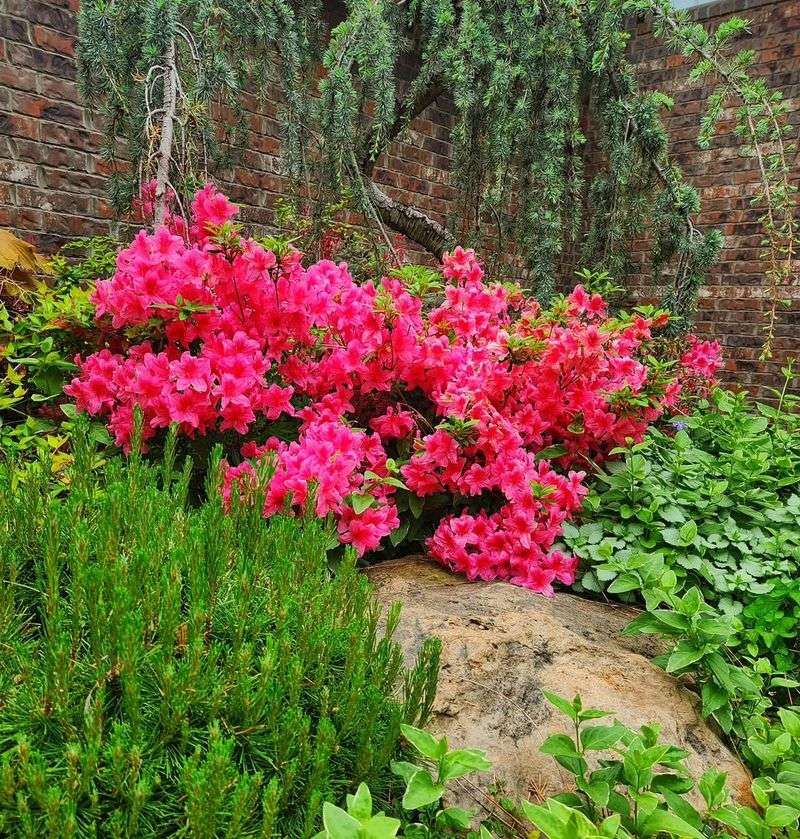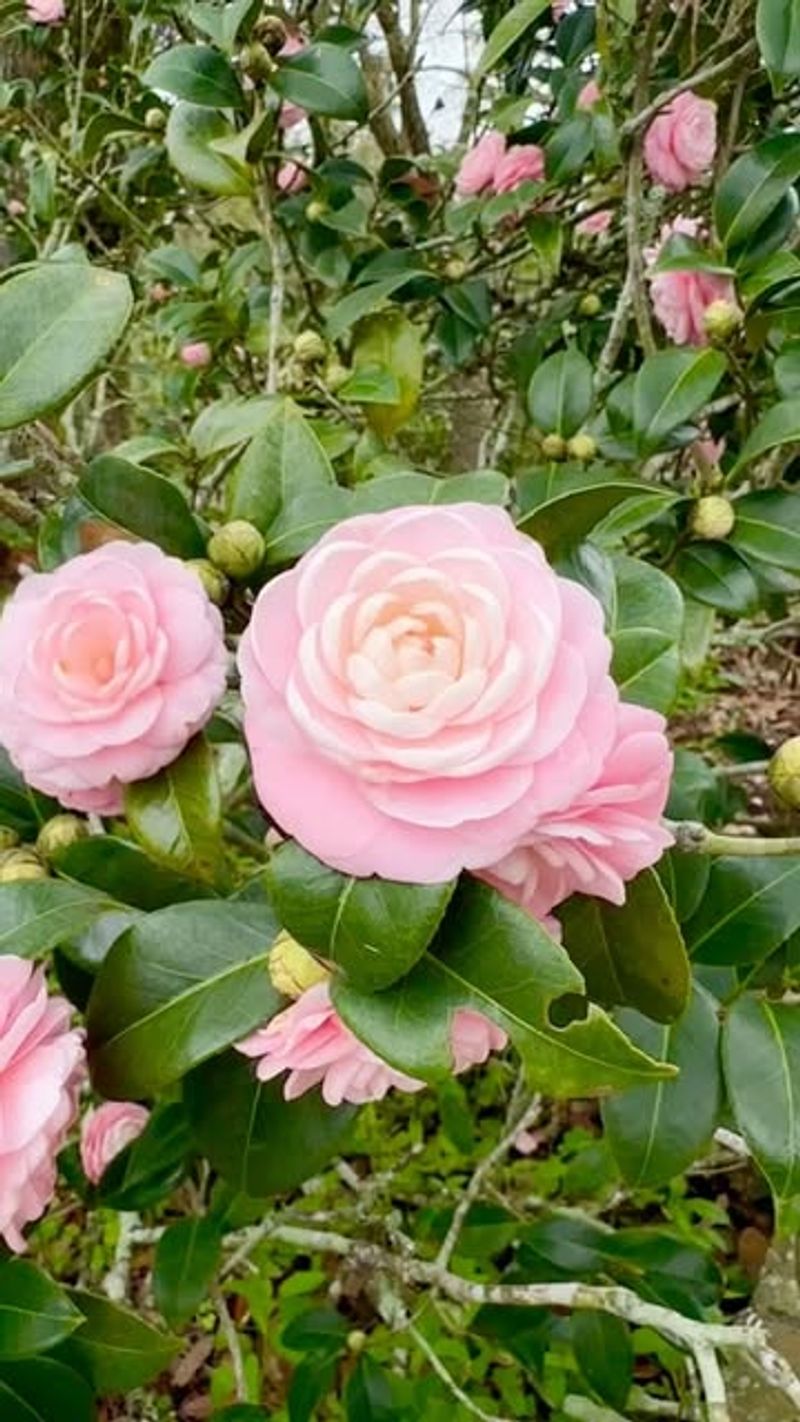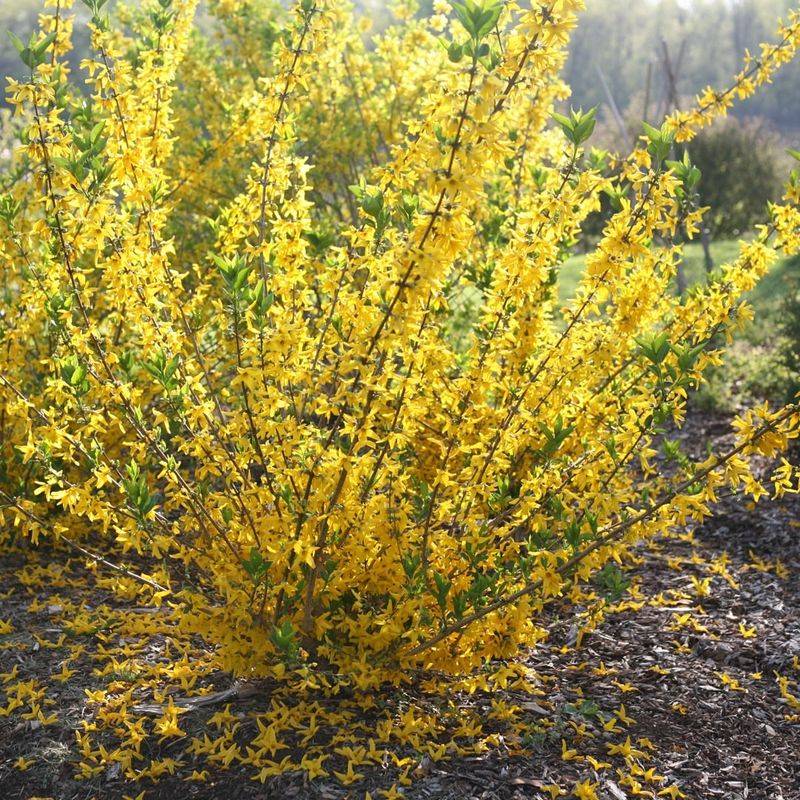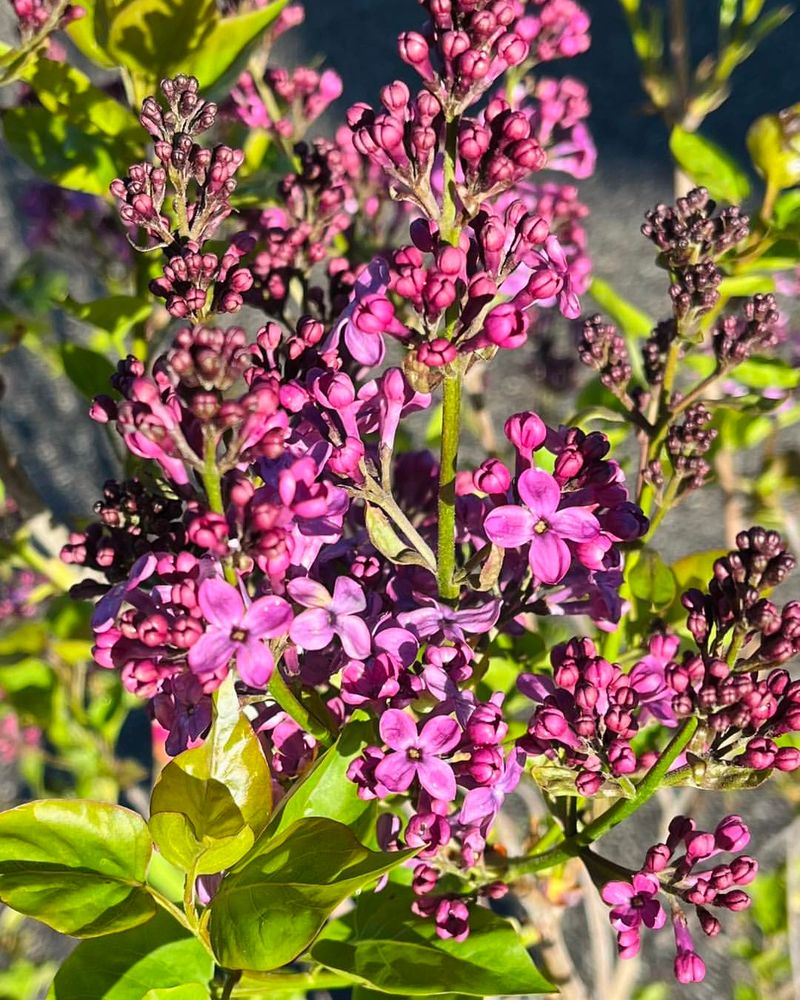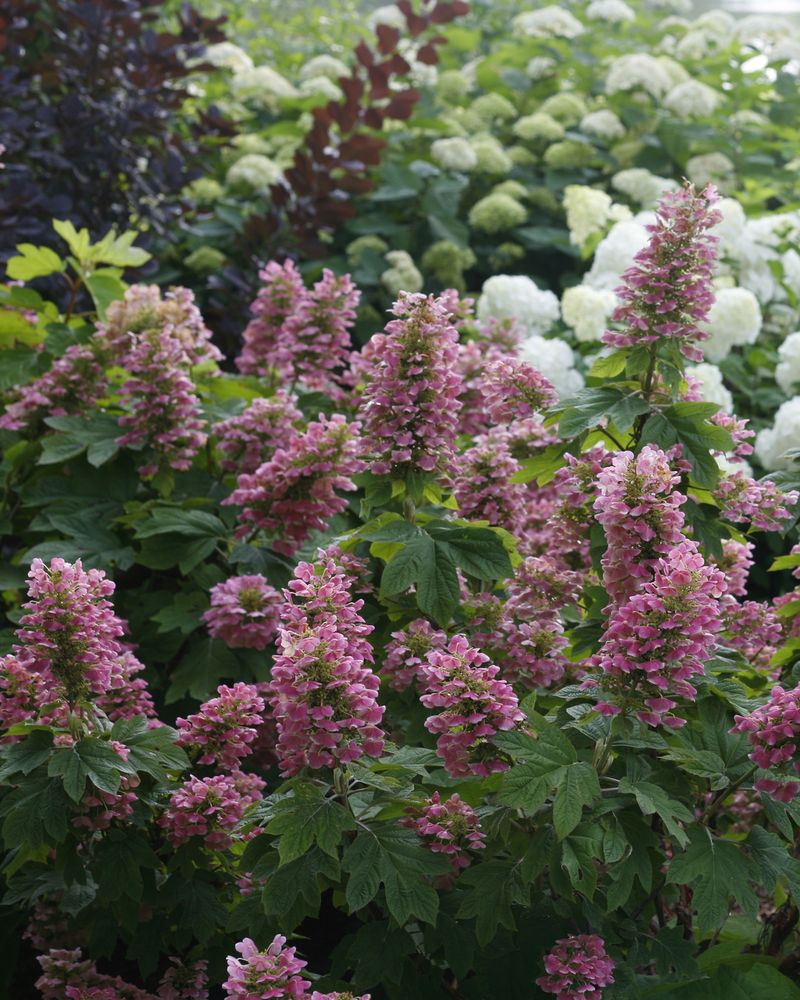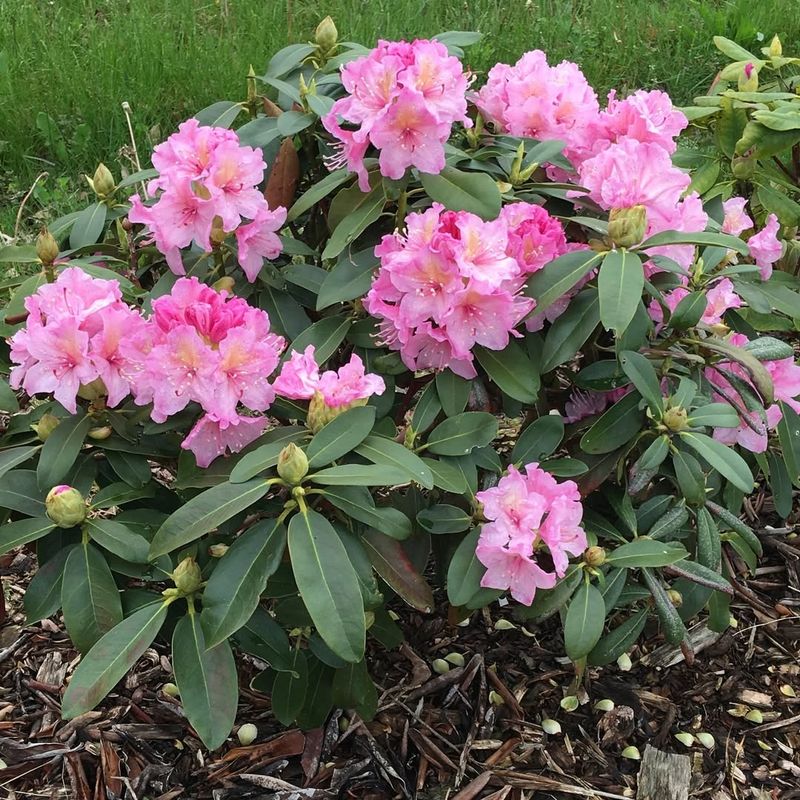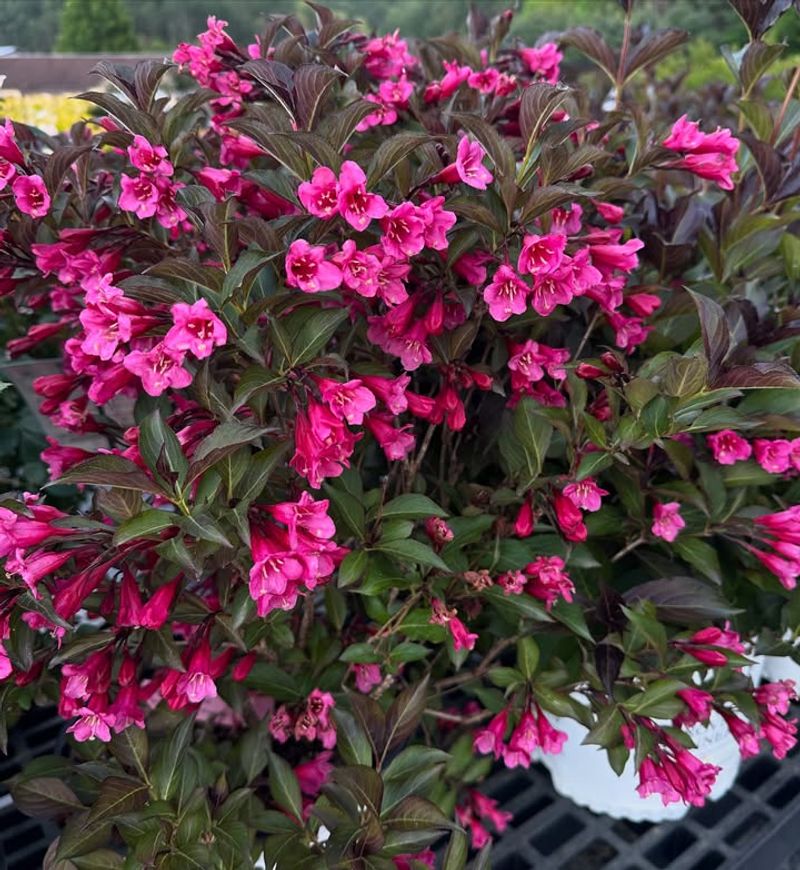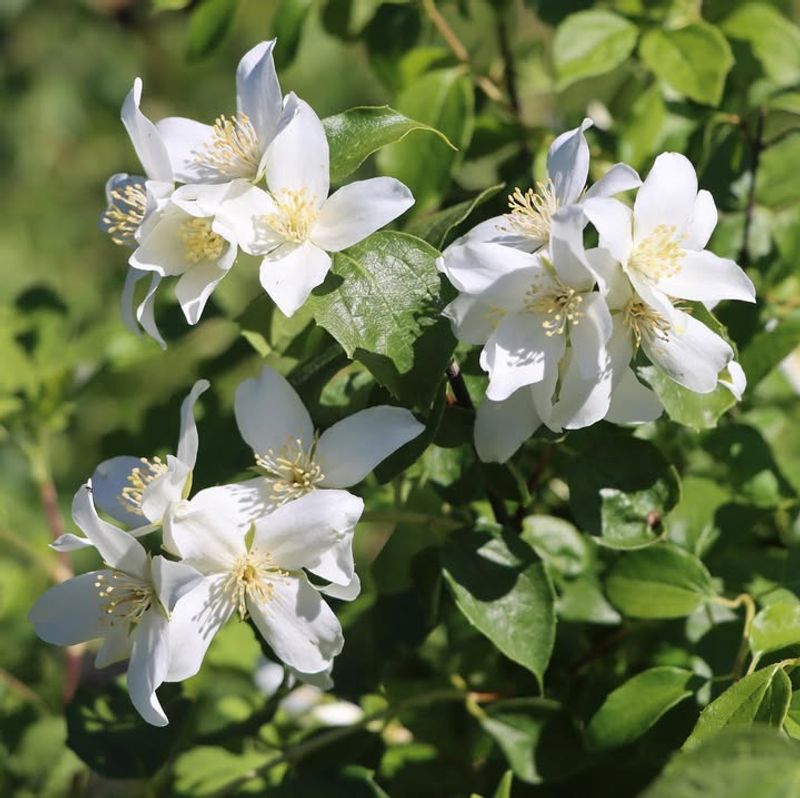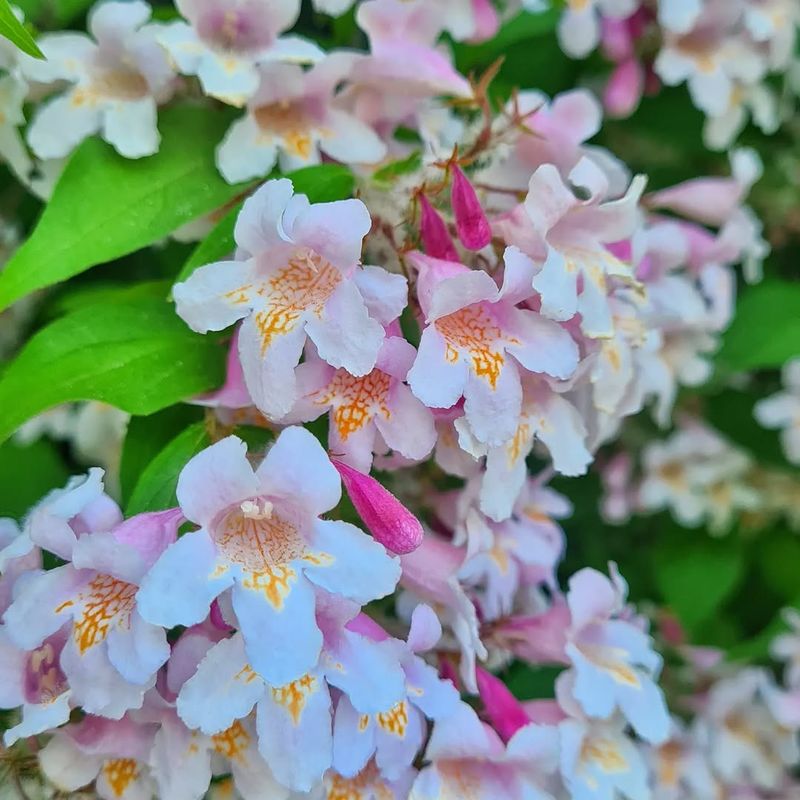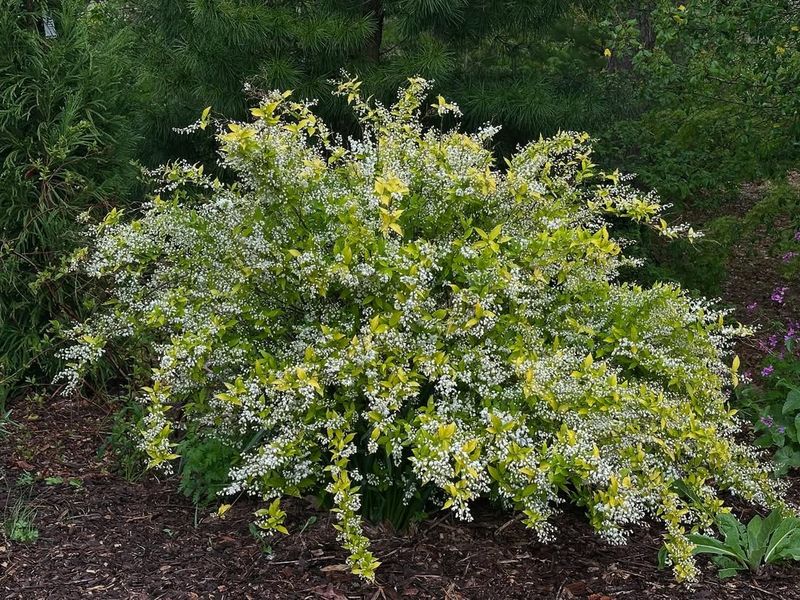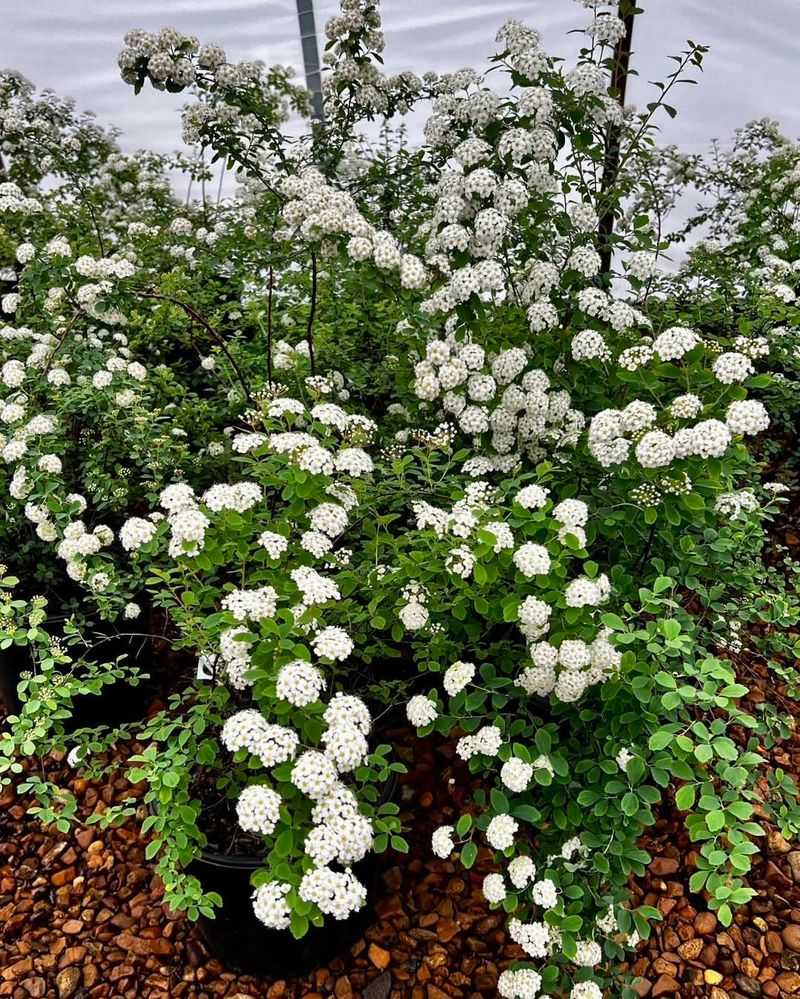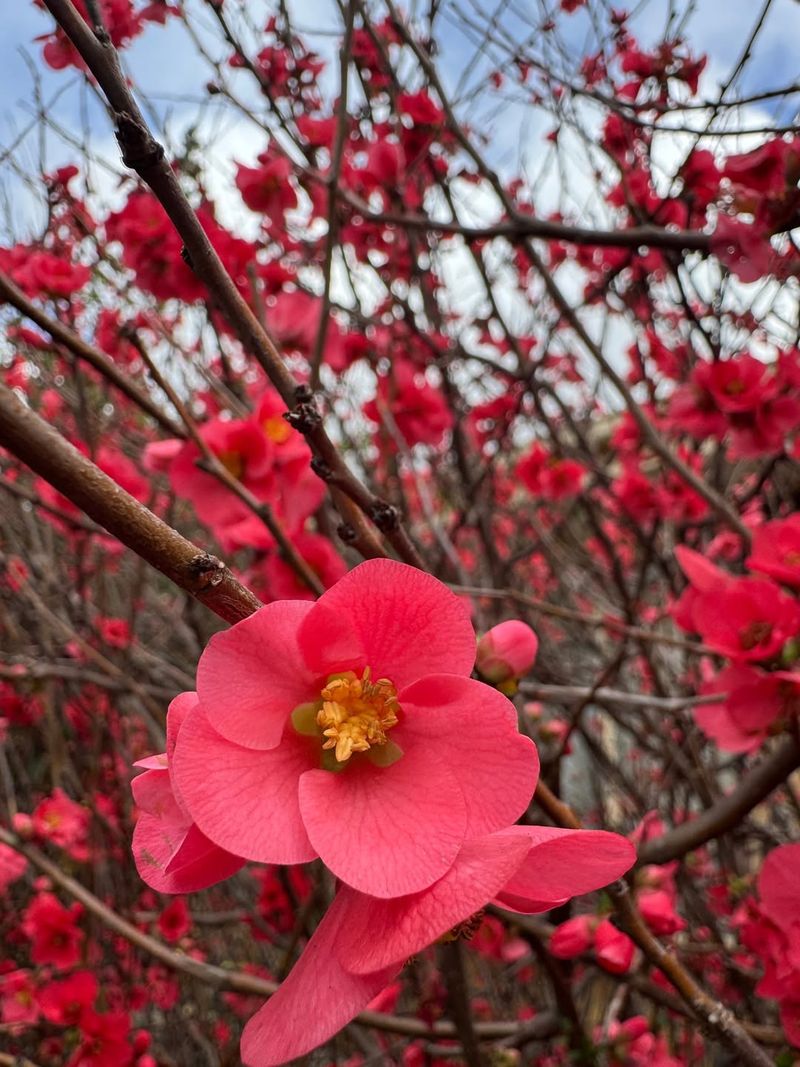Fall pruning in Texas can make or break next year’s garden. I’ve seen gardeners make mistakes that cost them blooms and growth.
Knowing which shrubs to leave alone is key. Here are 12 shrubs Texas gardeners should avoid pruning in fall.
1. Azaleas
Azaleas set their flower buds during late summer and early fall, right when you might be tempted to trim them back. Pruning during autumn in Texas removes those precious buds, meaning you’ll miss out on the spectacular spring flower show.
Wait until right after they finish blooming in spring to shape them. That way, you’ll enjoy their colorful display and still keep them looking neat. Your Texas neighbors will wonder why your azaleas look so much better than theirs!
2. Camellias
Did you know camellias bloom during winter and early spring? That makes them extra special in Texas gardens when most other plants are dormant.
Fall pruning removes the flower buds that are already forming, robbing you of those gorgeous winter blooms. Instead, prune camellias right after they finish flowering in late spring. This timing lets them develop new growth and set buds for next year’s show without any interruption to their natural cycle.
3. Forsythia
Forsythia explodes with cheerful yellow flowers each spring, signaling warmer days ahead. Those bright blooms form on old wood from the previous season, so fall pruning in Texas eliminates your spring color.
Trim forsythia immediately after flowering ends, giving it plenty of time to grow new branches that will bloom next year. Patience pays off with this beauty, as premature cutting means a disappointing, bloom-free spring in your Texas landscape.
4. Lilacs
Lilacs develop their flower buds during summer and hold them through fall and winter. Cutting them back in autumn removes those buds, leaving you with no fragrant blooms come springtime.
Texas gardeners should prune lilacs right after they finish blooming, usually in late spring. This gives the shrub enough time to produce new flowering wood before winter arrives. Your reward will be those incredible purple clusters that smell absolutely amazing each spring season!
5. Oakleaf Hydrangea
With leaves shaped like oak trees and stunning white flower clusters, oakleaf hydrangeas are Texas favorites. Fall pruning damages the buds already set for next year’s blooms.
These hydrangeas bloom on old wood, meaning this year’s branches produce next year’s flowers. Prune them right after flowering finishes in summer, allowing new growth to mature before winter. Plus, their fall foliage turns beautiful shades of red and bronze, giving you even more reasons to admire them in Texas!
6. Rhododendrons
Rhododendrons form their flower buds months before they actually bloom, making fall pruning a huge mistake. Cutting them during autumn in Texas means sacrificing those spectacular spring flowers.
Wait until immediately after flowering ends to shape or trim rhododendrons. This timing allows them to develop new buds throughout summer and fall. Their large, showy blooms make them worth the wait, and proper timing ensures your Texas garden stays vibrant and colorful every spring without fail.
7. Weigela
Weigela puts on quite a show with its tubular flowers in shades of pink, red, and white each spring. Those blooms develop on old wood from the previous growing season.
Pruning weigela in fall removes the wood that would produce next spring’s flowers in your Texas garden. Instead, trim it right after the blooms fade in late spring or early summer. This approach keeps your shrub healthy and ensures maximum flowering, making your landscape the envy of the neighborhood!
8. Mock Orange
Mock orange earns its name from the delightfully fragrant white flowers that smell just like citrus blossoms. Texas gardeners love this shrub for its heavenly spring scent.
Fall pruning eliminates the branches that carry next year’s blooms since mock orange flowers on old wood. Prune it immediately after flowering ends, typically in late spring. This strategy preserves the flower buds while still letting you control the shrub’s size and shape throughout the year effectively.
9. Beautybush
Beautybush lives up to its name with cascades of pink, bell-shaped flowers covering its arching branches each spring. This old-fashioned shrub deserves a comeback in Texas landscapes.
Autumn pruning removes the flowering wood, leaving you with a green shrub and no blooms. Trim beautybush right after it finishes flowering in late spring, giving it the whole summer to prepare for next year. Proper timing rewards you with an absolutely stunning floral display that brightens any Texas garden beautifully.
10. Deutzia
Deutzia produces clusters of delicate, star-shaped flowers that cover the entire shrub in spring. Many Texas gardeners overlook this beauty, but it’s definitely worth growing.
Since deutzia blooms on old wood, fall pruning eliminates your spring flower show. Prune it immediately after flowering ends, usually in late spring or early summer. This timing allows new growth to mature and set buds for next year. Your patience will be rewarded with a shrub covered in lovely blooms!
11. Spirea
Spirea varieties that bloom in spring, like bridal wreath spirea, set their flower buds on old wood during the previous growing season. Fall pruning in Texas removes those buds completely.
Prune spring-blooming spireas right after they finish flowering, not in fall. Summer-blooming spireas can be pruned in late winter since they flower on new wood. Knowing which type you have makes all the difference between a shrub covered in flowers or one that’s disappointingly bare each season!
12. Flowering Quince
Flowering quince blooms incredibly early in spring, sometimes even in late winter, with vibrant red, pink, or orange flowers appearing before the leaves. Those early blooms develop on old wood from the previous year.
Cutting flowering quince in fall removes the branches that would produce those stunning early flowers in your Texas garden. Prune it right after blooming ends in spring, allowing plenty of time for new flowering wood to develop and mature properly.

